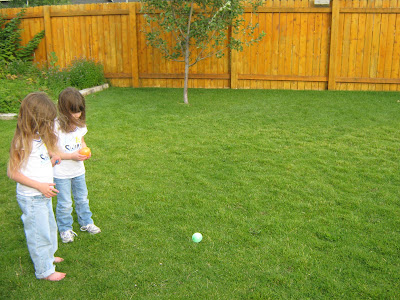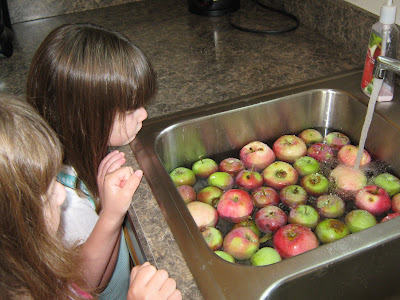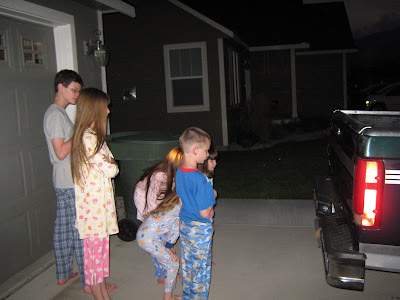I've been remiss in posting reviews for the
2010 Thriller and Suspense Reading Challenge. I have to admit, I've been feeling out of my league. Most of the other participants are reading heavy hitting thrillers - you know, the scary kind, with serial killers, and vampires. I, on the other hand, have been snuggled up, reading cozy mysteries, the ones with recipes, and crafts at the back of the book.

But, a challenge is a challenge, and with nine out of the twelve books required, already read, and reviewed, it would seem silly not to finish. Not to mention the fact, that our weekend road trip to Helena, afforded me the time to finish up book number 10 - yes, I am one of those people who can read in a moving vehicle.

...Betty Hechtman's Dead Men Don't Crochet.
It's the second book in her "crochet mystery" series. Click
here, to read my review of the first book.
It does, indeed, have a recipe at the end of the book, for cheesecake cupcakes. I decided to give my waistline a break, and skip the recipe, this time. In the story, they are mentioned as a diet food, because of the portion control. Instead of eating an entire cake, you can have one cupcake. But, I know myself, and cheesecake, too well to fall for that.
The project at the back, is a crocheted shawl, modeled after the prayer shawls popular with church groups, but with a secular twist. These are called "Hugs of Comfort", and are meant to be given to someone who is sick, or in need of comfort, but do not have the prayer attached. Still, a very nice idea, and the pattern is simple enough for beginning crocheters.
As for the story, it's pretty much like the first. I like, that the main character, Molly Pink, is not a professional sleuth, and it shows. It's as if I suddenly tried to solve a crime. I'd really have no idea where to begin, or how to go about it. Molly, turns often to The Average Joe's Guide to Criminal Investigation, for help.
In Hooked on Murder, it was Molly who was accused of murder, this time, it's one of her new friends from the "Tarzana Hookers", the crochet group, that meets in the bookstore, where she works. Once again, I was uncertain of the true murderer, until near the end of the story, though I had some suspicions. And, again, I enjoyed the informal, first person, conversational style of the writing.
But, Molly's love life, heated up, a bit much for me, in this one. There aren't any graphic details, but it's made quite clear, that she is engaged in an adult, and I might add, adulterous, relationship. That, and the the fact, that God's name, though abused less in this novel, than in the first, was still misused, more than once, finished me for the series, I would otherwise enjoy quite a bit.
It's great to be a homeschooler.
 We discovered from Mr. Wizard's 400 Experiments in Science, that you can hold a magnifying glass over a light bulb (that's turned on), and project the words, written on the bulb, onto the ceiling, only backwards. We thought that was pretty cool.
We discovered from Mr. Wizard's 400 Experiments in Science, that you can hold a magnifying glass over a light bulb (that's turned on), and project the words, written on the bulb, onto the ceiling, only backwards. We thought that was pretty cool. When you shine the bag covered, flashlight at the wall, it looks like this.
When you shine the bag covered, flashlight at the wall, it looks like this.

 ...and, as you move the magnifying glass forward, away from the flashlight, it will change to this (as long as you're holding your smiley face upside down)...
...and, as you move the magnifying glass forward, away from the flashlight, it will change to this (as long as you're holding your smiley face upside down)...

 Hope is the Word
Hope is the Word 



.JPG)





































